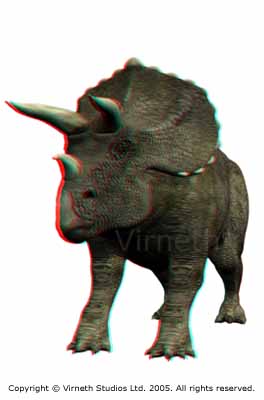|
|
During the early Cretaceous the climate was sub tropical with wet and dry seasons but by the end of the Cretaceous the world began to look much more like we know it today. A new type of dinosaur appeared called Ornithopods. The most famous were the Iguanodon, which was one of the first dinosaurs to be able to chew it’s food, and Ornithocheirus, which had wings 12m long and could fly up to 500 km’s. In addition we see the development of bird like dinosaurs such as Velociraptor or Utahraptor and which had a deadly sickle claw making it a fierce fighter. Another well known theropod was Spinosaurus, a dinosaur with a distinctive sail on its back for regulating its body temperature. Archaeopteryx is the earliest known bird which appeared towards the end of the Jurassic / early Cretaceous periods. During the Cretaceous though the flying reptiles developed the largest being the Pterosaurs of which there were two types those with tails and those without. The tailless Pterosaurs or Ornithocheirus took over from the tailed species and grew to great size. Although they looked clumsy on land they were extremely competent in the air where their 12m wing span allowed them to glide with ease. They looked like a cross between a bird and a bat with a long bird type beak but large bat like wings. |


